Market Analysis
In-depth Analysis of Biodegradable Plastic Packaging Market Industry Landscape
The market dynamics of the biodegradable plastic packaging industry are influenced by various factors that impact supply, demand, and pricing within the market. One of the primary drivers of this market is the increasing demand for sustainable packaging solutions across various industries such as food and beverage, personal care, and healthcare. Biodegradable plastic packaging offers an environmentally friendly alternative to traditional plastic packaging, as it breaks down into natural elements when exposed to environmental conditions, reducing the accumulation of plastic waste. As consumers and governments become more conscious of environmental issues, there is a growing preference for biodegradable plastic packaging, driving market growth in this segment.
Moreover, regulatory initiatives and sustainability concerns are significant drivers shaping the dynamics of the biodegradable plastic packaging market. Governments worldwide are implementing stricter regulations aimed at reducing plastic pollution and promoting the use of sustainable packaging materials. In response, companies are increasingly adopting biodegradable plastic packaging to meet regulatory requirements and align with sustainability goals. Manufacturers are investing in research and development to improve the performance and affordability of biodegradable plastics, thereby driving market expansion in this segment.
Furthermore, consumer awareness and preferences play a crucial role in driving demand for biodegradable plastic packaging. As consumers become more informed about the environmental impact of plastic packaging, there is a growing demand for products packaged in eco-friendly materials. Brands are responding to this demand by offering biodegradable plastic packaging options, thereby attracting environmentally conscious consumers and gaining a competitive edge in the market. The increasing popularity of biodegradable plastic packaging among consumers is expected to drive continued market growth in the coming years.
Additionally, technological advancements in biodegradable plastic packaging materials and manufacturing processes contribute to the market dynamics. Manufacturers are continually innovating to develop biodegradable plastics with improved properties such as strength, flexibility, and barrier performance. These advancements enable the development of a wide range of packaging solutions, including films, bags, containers, and bottles, suitable for various applications across industries. As technology evolves and production costs decrease, the adoption of biodegradable plastic packaging is expected to increase, further driving market growth in this segment.
Competition within the biodegradable plastic packaging market is intense, with several key players vying for market share. Companies differentiate themselves through product innovation, quality control measures, and sustainability initiatives. Moreover, strategic partnerships, mergers, and acquisitions are common strategies employed by industry players to expand their market presence and gain a competitive edge. Additionally, pricing strategies play a crucial role in market dynamics, with manufacturers often adjusting prices in response to changes in raw material costs, competition, and market demand.
Global economic conditions and geopolitical factors also influence the biodegradable plastic packaging market dynamics. Fluctuations in currency exchange rates, trade tariffs, and political instability can impact the cost of raw materials, transportation, and regulatory compliance, affecting both supply chains and pricing strategies. Furthermore, shifts in consumer preferences and purchasing power across different regions influence market demand and consumption patterns, driving manufacturers to adapt their strategies accordingly.

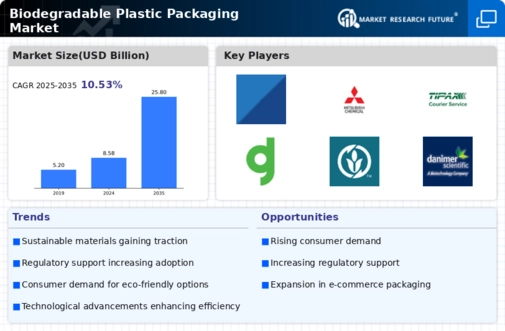

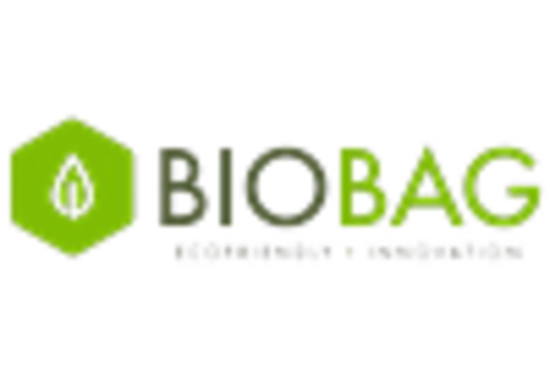

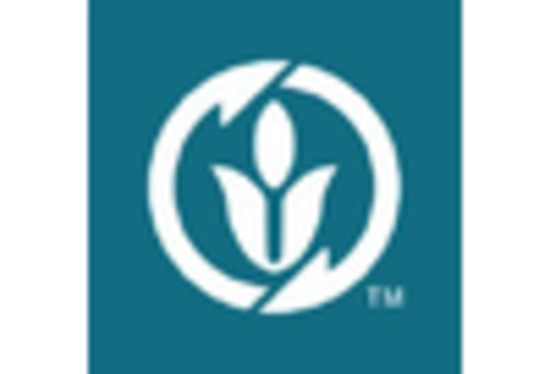
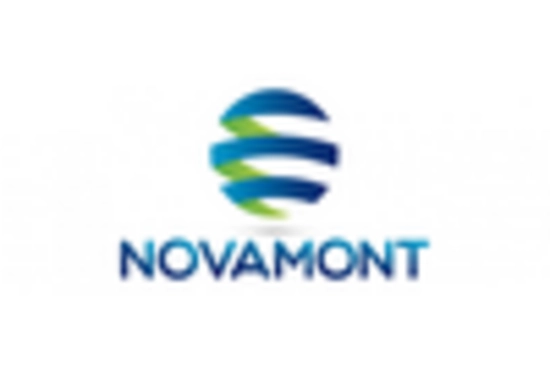
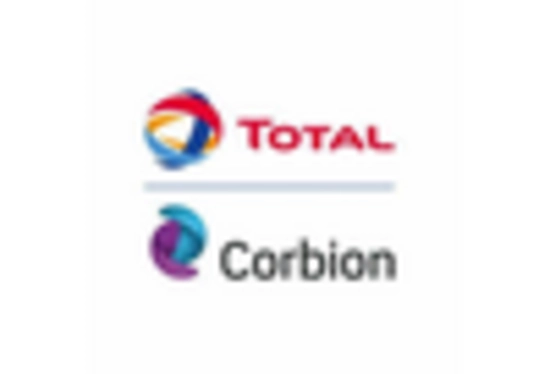









Leave a Comment